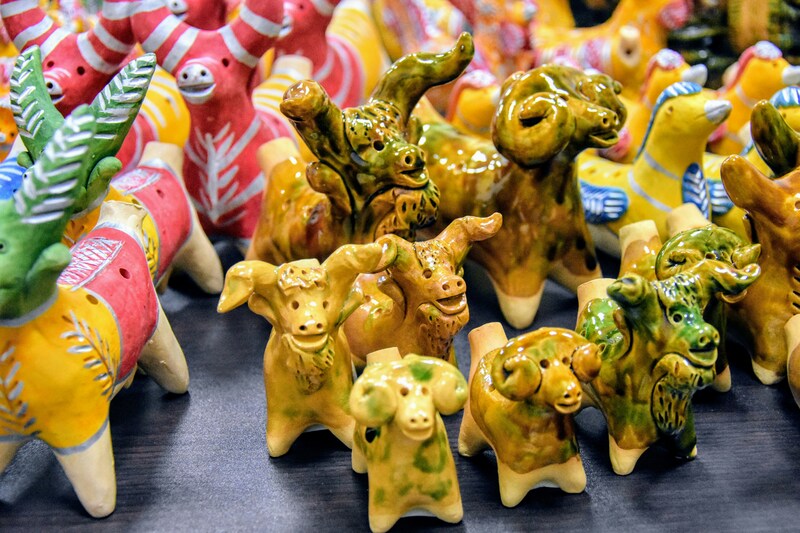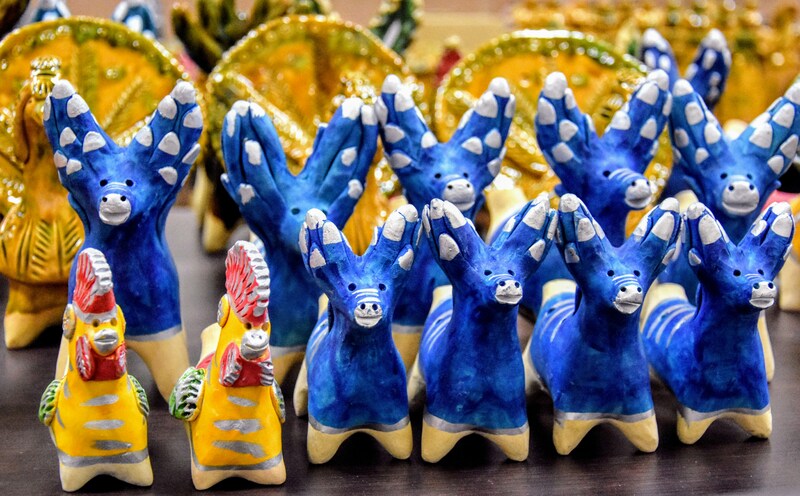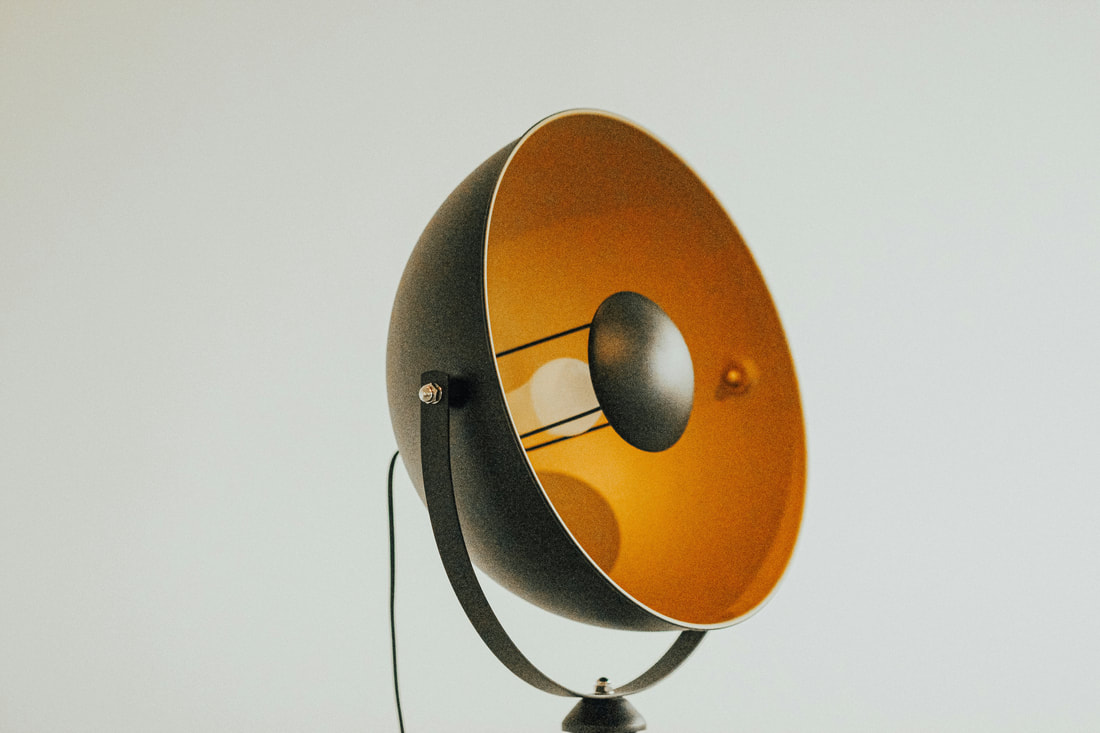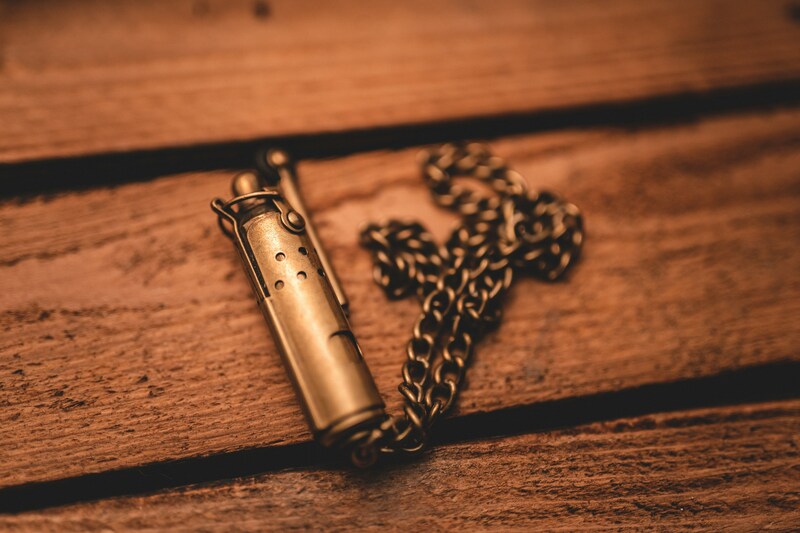|
WHISTLE DESIGN BASICS1. Sound Production
|
WHISTLE APPLICATIONS BY CATEGORY🏃 Sports & Recreation
|
Whistles also hold cultural and symbolic significance. In some traditions, a whistle can be a sacred object used in rituals or ceremonies. In others, it's a toy — brightly colored and used for fun, often designed to look like animals or cartoon characters. Some indigenous groups have used whistles made from bone or carved wood to mimic the sounds of nature or communicate over long distances.
What ties all these diverse tools together is the idea of sound as signal — whether it's a referee starting a match, a shepherd calling their dog, a performer evoking laughter with a sliding note, or a ship alerting others to its presence in the fog. The whistle, in all its forms, is a tool of communication and control — small in size, but powerful in presence.
What ties all these diverse tools together is the idea of sound as signal — whether it's a referee starting a match, a shepherd calling their dog, a performer evoking laughter with a sliding note, or a ship alerting others to its presence in the fog. The whistle, in all its forms, is a tool of communication and control — small in size, but powerful in presence.
At the core of any whistle is the principle of aerodynamic vibration. When air is forced through a narrow passage and over a sharp edge, it splits and creates turbulence. This turbulence resonates inside a chamber, producing a tone. The pitch of that tone is determined by several factors — the size and shape of the chamber, the length of the air passage, and how the air is directed. Some whistles include additional elements, like a small ball (commonly called a "pea") that rattles around inside, disrupting the airflow and creating a trill or warble that makes the sound stand out more. This makes it especially useful for referees, animal trainers, or anyone who needs to capture attention quickly.
There are also pea-less designs. These rely entirely on the shape of the internal chambers to produce a loud and consistent tone. They tend to be more durable, especially in extreme conditions like cold, rain, or high-humidity environments where a traditional pea whistle might freeze or become clogged. This makes them particularly valuable for lifeguards, marine rescue, and emergency use.
Whistles can also be used musically. Instruments like the slide whistle or the tin whistle (often used in Irish and folk music) demonstrate the whistle’s range as more than a signal device. These instruments vary pitch either by extending the air column (as in a slide whistle) or covering holes (as in a tin whistle or recorder). They require breath control, finger technique, and tuning, and in the right hands, can be quite expressive.
Beyond that, some whistles are designed to mimic the sounds of animals. Bird call whistles, for example, are crafted to produce specific pitches and rhythms to attract or communicate with birds. These are often used by hunters or birdwatchers, and can be made from wood, metal, or plastic, depending on the sound needed.
In industrial settings, whistles get much louder and often switch to mechanical or pneumatic operation. A classic example is the steam whistle — once a staple of factories, trains, and ships. These are powered by pressurized steam and can be heard for miles. Similarly, modern versions using compressed air are used in mining, shipping, and large-scale emergency alarms. These designs focus more on power and durability than tonal nuance.
Some whistles today are purely electronic. They don’t require the user to blow into them; instead, a button activates a speaker that produces a loud, consistent tone. These are especially useful in contexts where hygiene is a concern (e.g., sports coaching during a pandemic), or for individuals with physical limitations that prevent strong breath control.
The construction materials of a whistle significantly affect its tone, durability, and usability. Metal whistles tend to be sharp and penetrating in tone, while plastic versions are lighter and often more weather-resistant. Wood, while less common today, offers a warmer, softer tone, and is still used in traditional or artisanal whistles.
Whistles also hold cultural and symbolic significance. In some traditions, a whistle can be a sacred object used in rituals or ceremonies. In others, it's a toy — brightly colored and used for fun, often designed to look like animals or cartoon characters. Some indigenous groups have used whistles made from bone or carved wood to mimic the sounds of nature or communicate over long distances.
What ties all these diverse tools together is the idea of sound as signal — whether it's a referee starting a match, a shepherd calling their dog, a performer evoking laughter with a sliding note, or a ship alerting others to its presence in the fog. The whistle, in all its forms, is a tool of communication and control — small in size, but powerful in presence.
There are also pea-less designs. These rely entirely on the shape of the internal chambers to produce a loud and consistent tone. They tend to be more durable, especially in extreme conditions like cold, rain, or high-humidity environments where a traditional pea whistle might freeze or become clogged. This makes them particularly valuable for lifeguards, marine rescue, and emergency use.
Whistles can also be used musically. Instruments like the slide whistle or the tin whistle (often used in Irish and folk music) demonstrate the whistle’s range as more than a signal device. These instruments vary pitch either by extending the air column (as in a slide whistle) or covering holes (as in a tin whistle or recorder). They require breath control, finger technique, and tuning, and in the right hands, can be quite expressive.
Beyond that, some whistles are designed to mimic the sounds of animals. Bird call whistles, for example, are crafted to produce specific pitches and rhythms to attract or communicate with birds. These are often used by hunters or birdwatchers, and can be made from wood, metal, or plastic, depending on the sound needed.
In industrial settings, whistles get much louder and often switch to mechanical or pneumatic operation. A classic example is the steam whistle — once a staple of factories, trains, and ships. These are powered by pressurized steam and can be heard for miles. Similarly, modern versions using compressed air are used in mining, shipping, and large-scale emergency alarms. These designs focus more on power and durability than tonal nuance.
Some whistles today are purely electronic. They don’t require the user to blow into them; instead, a button activates a speaker that produces a loud, consistent tone. These are especially useful in contexts where hygiene is a concern (e.g., sports coaching during a pandemic), or for individuals with physical limitations that prevent strong breath control.
The construction materials of a whistle significantly affect its tone, durability, and usability. Metal whistles tend to be sharp and penetrating in tone, while plastic versions are lighter and often more weather-resistant. Wood, while less common today, offers a warmer, softer tone, and is still used in traditional or artisanal whistles.
Whistles also hold cultural and symbolic significance. In some traditions, a whistle can be a sacred object used in rituals or ceremonies. In others, it's a toy — brightly colored and used for fun, often designed to look like animals or cartoon characters. Some indigenous groups have used whistles made from bone or carved wood to mimic the sounds of nature or communicate over long distances.
What ties all these diverse tools together is the idea of sound as signal — whether it's a referee starting a match, a shepherd calling their dog, a performer evoking laughter with a sliding note, or a ship alerting others to its presence in the fog. The whistle, in all its forms, is a tool of communication and control — small in size, but powerful in presence.




